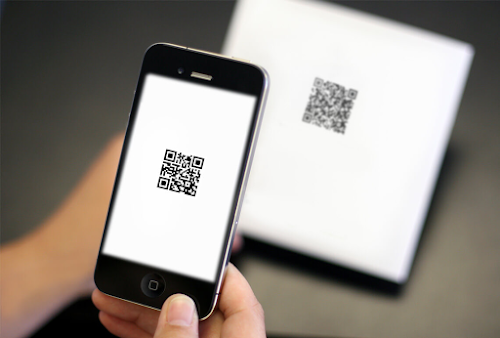The ports on the side of your laptop are important. They decide what you can do on your device and how quickly you can do it. When Apple introduced the first version of the new style MacBook Pro, Apple ditched every single port on its old machines and replaced it with just Thunderbolt 3.Many PCs have now followed suit into the world of Thunderbolt - although it's still relatively few that have gone the whole hog and dumped all other ports the same way that Apple has on the Pro and MacBook Air. So in this article let's understand what's Thunderbolt 3?
What is Thunderbolt 3?
Thunderbolt 3 is the latest version of Thunderbolt, and it uses the same design as the familiar USB-C connector. This connector is used for simplicity
Intel introduced the Thunderbolt platform in 2011 at a time when USB 3.0 was all the rage and could transfer data at speeds up to 5Gbps. Thunderbolt was capable of twice that, plus it could transfer multiple types of data, not just serial data to storage devices.
It could, for instance, pipe video data to displays. It could also daisy-chain devices together, such as your hard drive to your computer and a display to your hard drive.
USB 4 is now on the way, which will include the Thunderbolt 3 specification within it. In other words, all USB 4.x ports will be Thunderbolt capable.
Thunderbolt 3 supports the DisplayPort protocol too, so you can use one cable to daisy-chain and drive multiple 4K displays at 60Hz. Thunderbolt 3 allows for connection speeds up to 40Gbps, double the speed of the previous generation, USB 3.1 10Gbps, and DisplayPort 1.2. It also offers USB speeds of up to 10Gbps, and it can connect up to two 4K displays, outputting video and audio signals at the same time. It also supports DisplayPort 1.2, HDMI 2.0, and 10GbE fast networking. Plus, Thunderbolt 3 is backward compatible with Thunderbolt 2.
Because they use the USB Power Delivery standard, Thunderbolt 3 ports can send or receive up to 100 watts of power, which is more than enough to charge most laptops.
Remember that not all USB Type-C ports support Thunderbolt 3. While smartphones and tablets may use the connector, the Thunderbolt platform is only available on devices with Intel processors. So, while you can technically plug any USB Type-C device or cable into a Thunderbolt 3 port, it won't support Thunderbolt's features. And a Thunderbolt 3 peripheral plugged into a regular USB Type-C port won't support Thunderbolt features either.
image credits:-pocket-lint




188bet 188bet クイーンカジノ クイーンカジノ bk8 bk8 10cric login 10cric login william hill william hill bet365 bet365 クイーンカジノ クイーンカジノ bet365 bet365 883
ReplyDeleteI always check this type of advisory post and I found your article which is related to my interest. This is a great way to increase knowledge for us. Thanks for sharing an article like this.Current Technological Trends News
ReplyDeleteThe information in the post you posted here is useful because it contains some of the best information available. Thanks for sharing it. Keep up the good work PCB Copy Service
ReplyDeleteThis information is meaningful and magnificent which you have shared here about the------. I am impressed by the details that you have shared in this post and It reveals how nicely you understand this subject. I would like to thanks for sharing this article here.Arduino Starter Kit for Sale
ReplyDelete